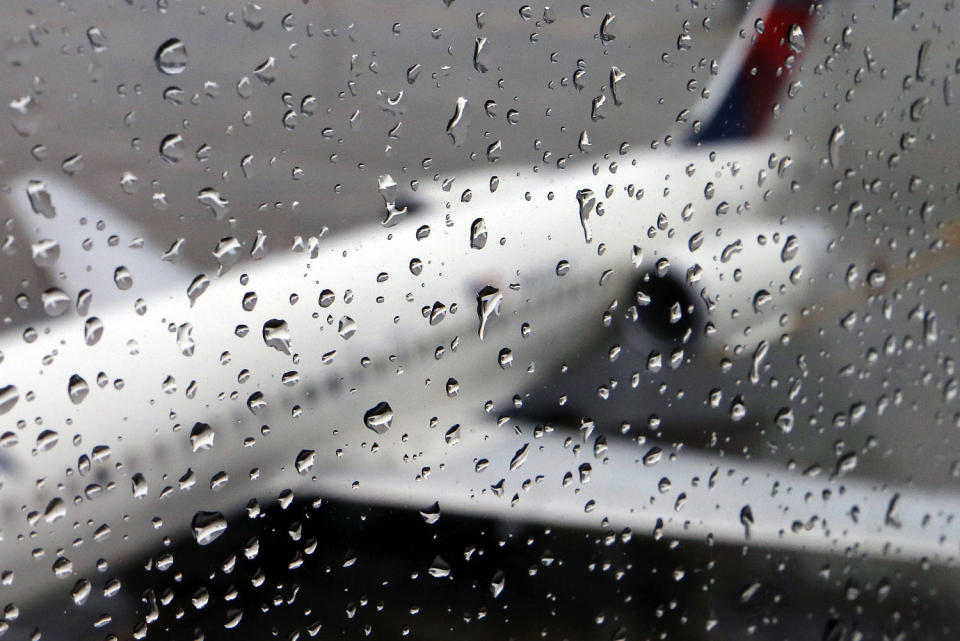Forecasters are increasingly calling for a cold, soggy Thanksgiving week as west-to-east winter-pattern storms continued to roll across the continental landscape.
The possibly wet, snowy and cold weather could meet what’s anticipated to be the busiest Thanksgiving travel week to-date, the Transportation Security Administration said.
An active weather pattern will persist through the holiday week across much of the country, NBC News meteorologists said Saturday. While confidence in the details was low, Wednesday and Thursday could feature a rain- and snow-producing storm system, they said.
A diagonal, low-pressure front accompanied by rain, snow and dipping temperatures was possible for the Mid-Atlantic and Northeast on Thanksgiving, the federal Weather Prediction Center said.
The diagonal front may span from Mississippi to Pennsylvania, with snow dependent on temperature, according to the center.
The National Weather Service office that covers Chicago has snow and related travel impacts possible from Kansas City, Missouri, to Cleveland on Thanksgiving, with specific amounts difficult to forecast at this time, it said.
The National Weather Service office for Minneapolis said in a forecast discussion that ice-cold air was likely to arrive midweek.
“Thanksgiving Day proper is when the arctic front arrives,” the weather service said. “The biggest impact of this boundary will be the well below normal temperatures we’ll have to end the month. … We’ll likely have sub-zero wind chills to start Black Friday.”
A plane sits on the tarmac behind rain drops on a window at Boston Logan International Airport in 2014.
A storm off the Pacific Northwest coast will move into parts of Oregon and Northern California early in the week, bringing with it rain as well as snow at the 3,000- to 4,000-foot level, the National Weather Service office in Portland, Oregon, said.
It said the system will then move into the Midwest, where widespread snow was forecast.
Such a weather pattern for precipitation would follow the month’s winter-style cycles that have seen storms from the Pacific Northwest crank south and east and travel across the nation’s midsection, often bringing snow in higher elevations and rain elsewhere.
The last such storm, a front accompanied by an atmospheric river of streaming precipitation aloft, struck Washington, Oregon and the northern reaches of California this week, killing two and producing historic rain.
Santa Rosa, California, recorded nearly 12.5 inches of rain in…
Click Here to Read the Full Original Article at Yahoo News – Latest News & Headlines…

